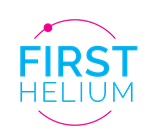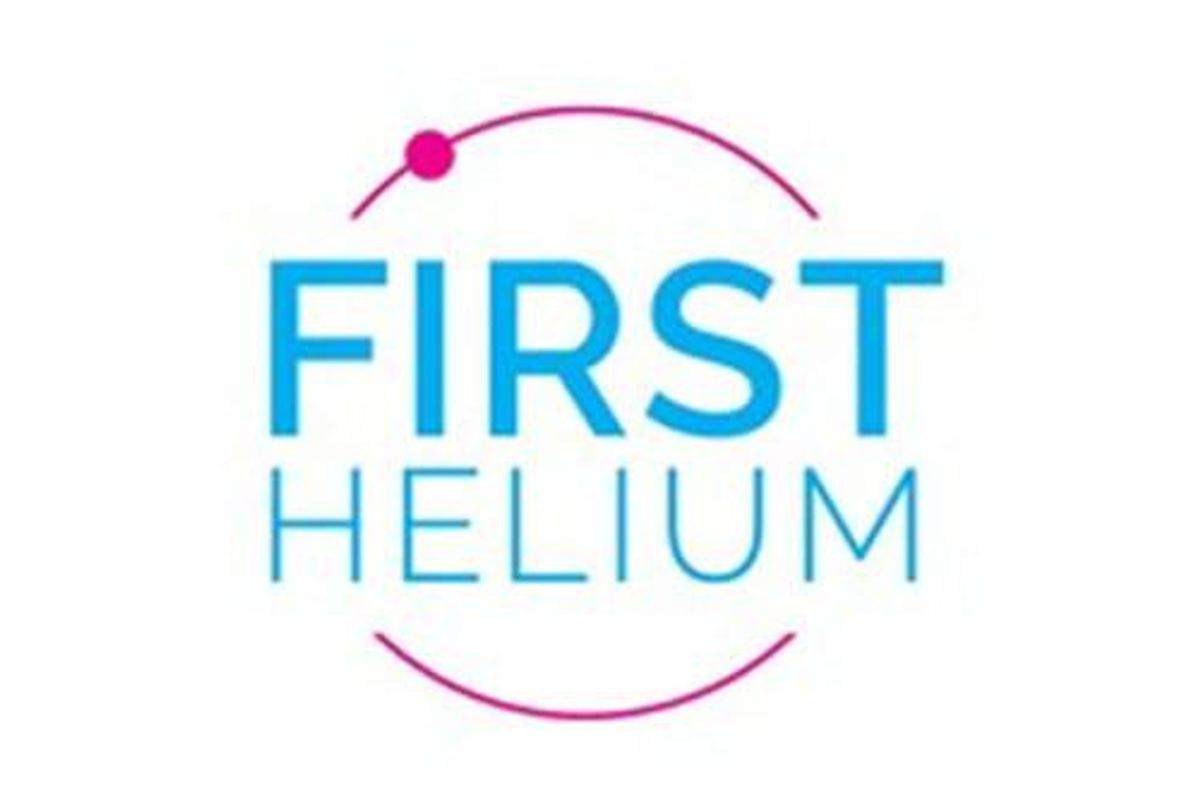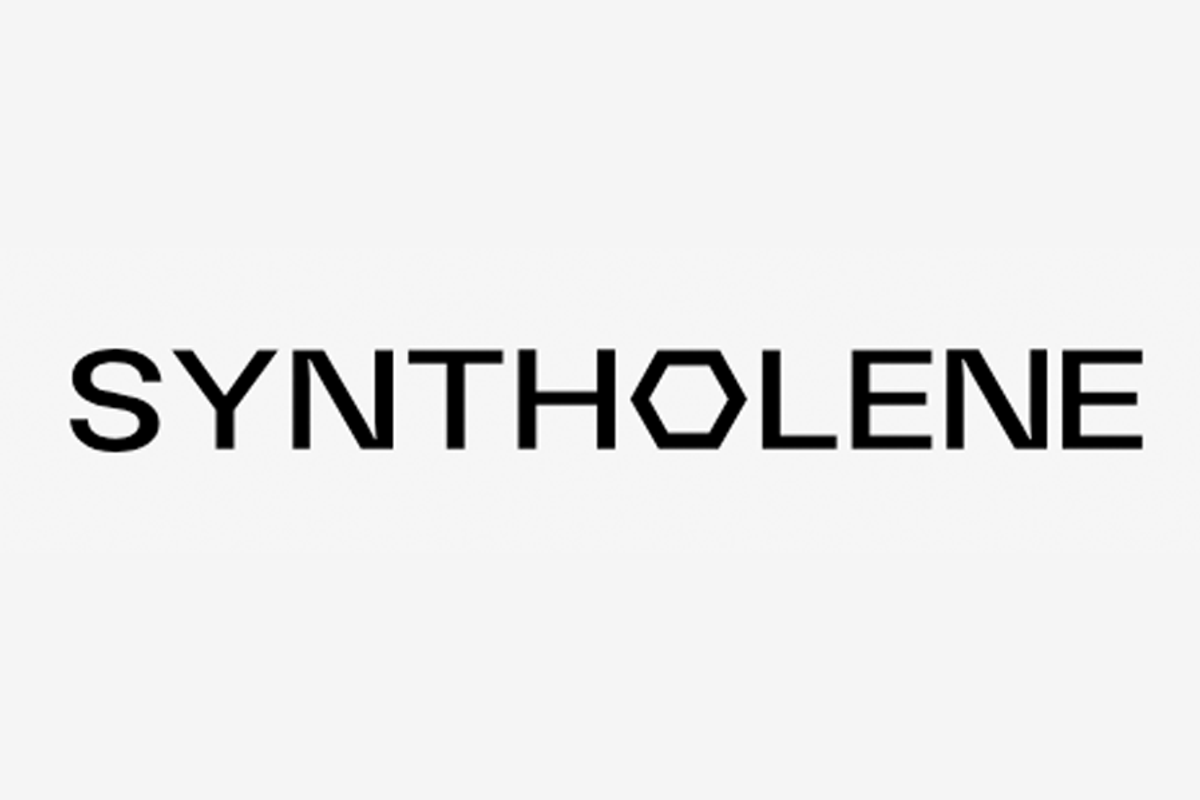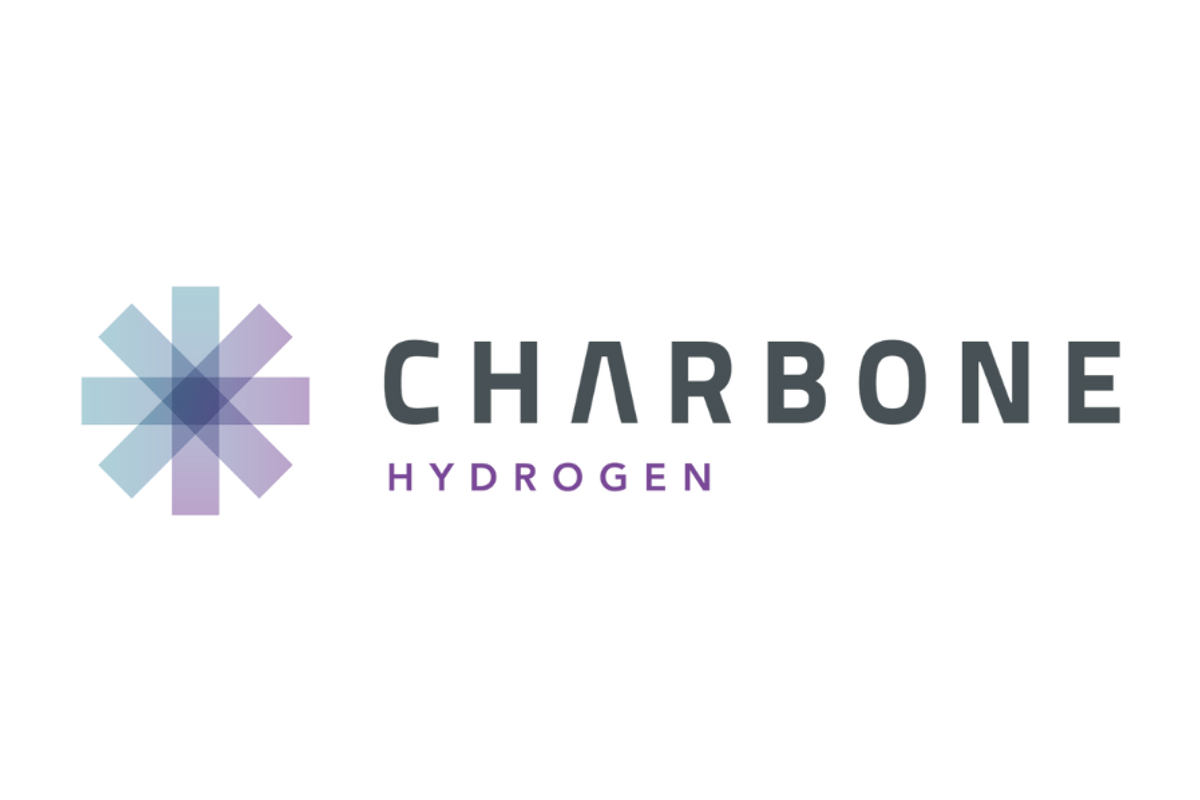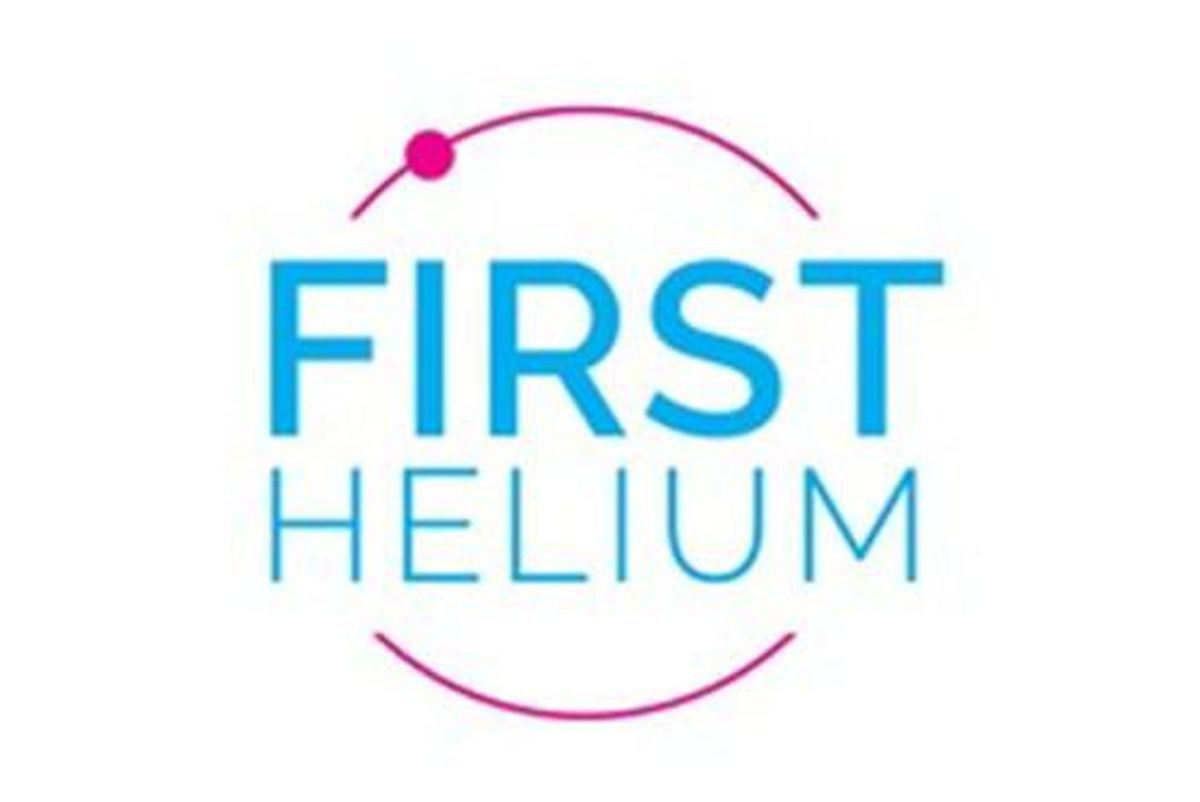
First Helium Inc. ("First Helium" or the "Company") (TSXV: HELI) (OTCQB: FHELF) (FRA: 2MC) today announced that it has begun drilling its high impact Leduc anomaly, the 7-15 well, at its Worsley Property in Northern Alberta. The location was identified on proprietary 3D seismic data interpreted last spring. In addition to the primary Leduc formation target, the Company will be evaluating multiple uphole zones for oil, natural gas and helium. These zones have been previously identified on First Helium wells and in other existing well bores on, and around the Company's Worsley land base. The Company will continue to provide regular updates on ongoing field activities.
"We are excited to be drilling our high impact Leduc anomaly, 7-15, which on seismic is approximately 5X the areal extent of our successful 1-30 light oil pool discovery. Favorable results from this well will further de-risk our Leduc Play, where we have identified 10 additional primary locations on proprietary 3D seismic, and potential for further southeast extension across our 100% owned lands," said Ed Bereznicki, President & CEO of First Helium. "With this next drill, we are also excited about continuing to evaluate the multi-zone potential across our Worsley land base. Success in these stacked zones could provide meaningful additional value for our shareholders from multiple formations and commodities," added Mr. Bereznicki.
The recently drilled 7-30 development well has been cased for completion and testing. Following drilling of the 7-15 well, and subject to results, necessary preparations are being made to complete, equip and tie-in both wells prior to spring break up in Alberta (a period from mid/late March through May when Provincial highway restrictions limit heavy equipment movement), further setting the stage for systematic development across the Company's extensive 100%-owned land base.
Figure 1:
East Worsley Project Inventory
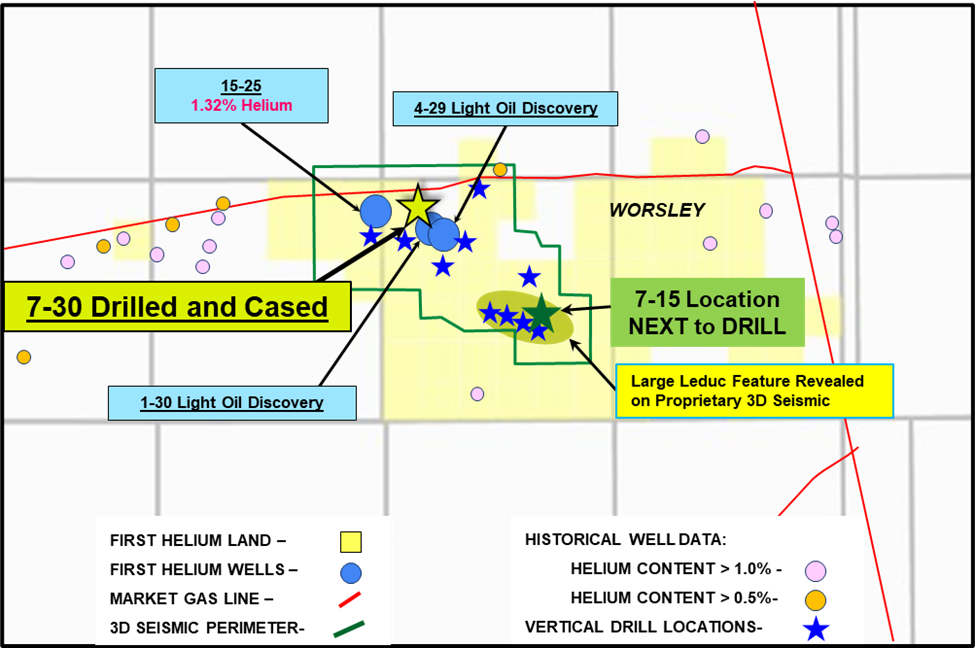
ABOUT First Helium
Led by a core Senior Executive Team with diverse and extensive backgrounds in Oil & Gas Exploration and Operations, Mining, Finance, and Capital Markets, First Helium seeks to be one of the leading independent providers of helium gas in North America.
First Helium holds over 53,000 acres along the highly prospective Worsley Trend in Northern Alberta which has been the core of its exploration and development drilling activities to date.
Building on its successful 15-25 helium discovery well, and 1-30 and 4-29 oil wells at the Worsley project, the Company has identified numerous follow-up drill locations and acquired an expansive infrastructure system to facilitate future exploration and development across its Worsley land base. Cash flow from its successful oil wells at Worsley has helped support First Helium's ongoing exploration and development growth strategy. Further potential oil drilling locations have also been identified on the Company's Worsley land base.
For more information about the Company, please visit www.firsthelium.com .
ON BEHALF OF THE BOARD OF DIRECTORS
Edward J. Bereznicki
President, CEO and Director
CONTACT INFORMATION
First Helium Inc.
Investor Relations
Email: ir@firsthelium.com
Phone: 1-833-HELIUM1 (1-833-435-4861)
Neither TSX Venture Exchange nor its Regulation Services Provider (as that term is defined in policies of the TSX Venture Exchange) accepts responsibility for the adequacy or accuracy of this release.
FORWARD LOOKING STATEMENTS
This press release contains forward looking statements within the meaning of applicable securities laws. The use of any of the words "anticipate", "plan", "continue", "expect", "estimate", "objective", "may", "will", "project", "should", "predict", "potential" and similar expressions are intended to identify forward looking statements. In particular, this press release contains forward looking statements concerning the completion of future planned activities. Although the Company believes that the expectations and assumptions on which the forward-looking statements are based are reasonable, undue reliance should not be placed on the forward-looking statements because the Company cannot give any assurance that they will prove correct. Since forward looking statements address future events and conditions, they involve inherent assumptions, risks and uncertainties. Actual results could differ materially from those currently anticipated due to a number of assumptions, factors and risks. These assumptions and risks include, but are not limited to, assumptions and risks associated with the state of the equity financing markets and regulatory approval.
Management has provided the above summary of risks and assumptions related to forward looking statements in this press release in order to provide readers with a more comprehensive perspective on the Company's future operations. The Company's actual results, performance or achievement could differ materially from those expressed in, or implied by, these forward-looking statements and, accordingly, no assurance can be given that any of the events anticipated by the forward-looking statements will transpire or occur, or if any of them do so, what benefits the Company will derive from them. These forward-looking statements are made as of the date of this press release, and, other than as required by applicable securities laws, the Company disclaims any intent or obligation to update publicly any forward-looking statements, whether as a result of new information, future events or results or otherwise.
SOURCE: First Helium Inc.
A photo accompanying this announcement is available at https://www.globenewswire.com/NewsRoom/AttachmentNg/695cd8e5-7291-4f66-b2f9-a6bdc7d7928e
